Whiteheads Vs. Blackheads: Difference, Treatment & Prevention
Distinguish between the two annoying kinds of mini-acne to deal with them effectively.
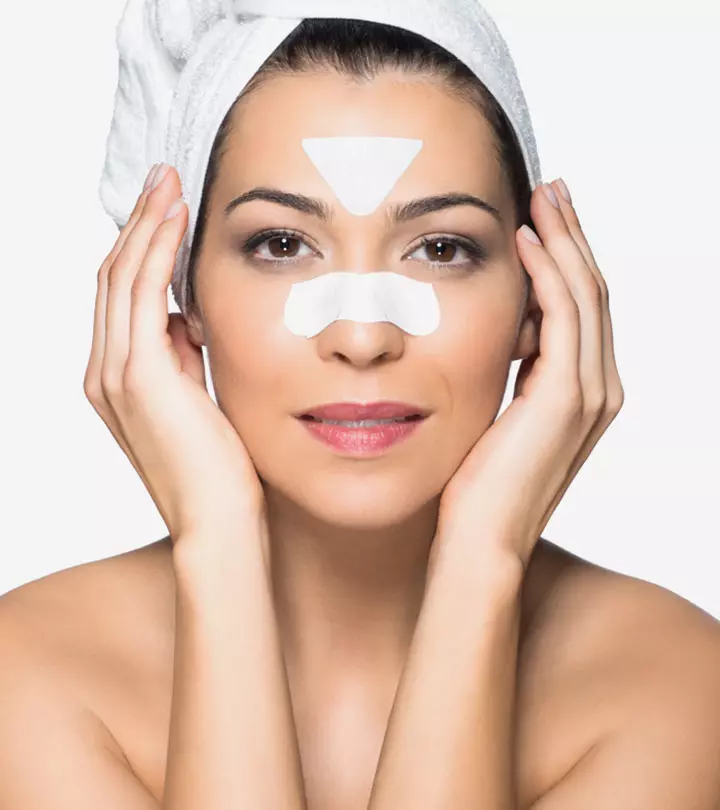
Image: Shutterstock
Whiteheads vs. blackheads – which one is worse? Well, they are both unsightly! These moderate forms of acne affect practically everyone, particularly oily and acne-prone skin. Excess dirt, oil, bacteria, and dead cells block the skin pores, causing comedones to form. However, there is a small distinction between the two. Read this article to learn the differences between whiteheads and blackheads, how to treat them, and how to prevent them. Keep reading to know more!

In This Article
Blackheads Vs. Whiteheads
skin can also experience whiteheads and blackheads, especially if they use heavy or occlusive
Mild acne occurs when excess sebum, keratinous material, dead cells, and dirt clog the pores. This clogging allows bacteria to colonize the pores, leading to closed comedones or whiteheads. Further bacterial growth expands the whitehead, causing its tip to open up. The open tip oxidizes, turns black, and forms open comedones or blackheads. Let’s take a look at the differentiating factors between whiteheads and blackheads and treatment options.
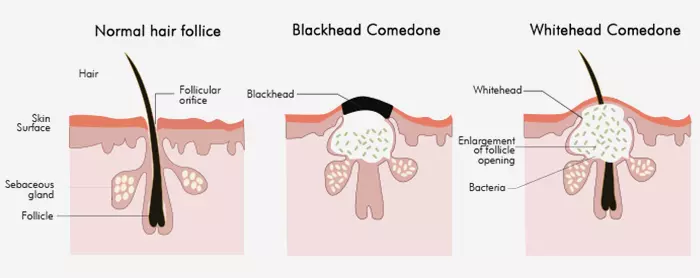
1. Color
The term blackhead is self-explanatory as its tip appears black due to the oxidization of lipids and melanin. Whiteheads may appear white or flesh-colored.
2. Affected Area
Whiteheads can appear anywhere on the body, but they mostly occur on the T-zone as it has more oil glands. You may also notice whiteheads on your chest, back, shoulders, and arms. 85% of people experience acne vulgaris (open and closed comedones) during any point of their lifespan. However, it occurs mostly during adolescence.
 Trivia
TriviaBlackheads can form anywhere on the body except the palms and soles (including the back, chest, shoulders, arms, and thighs) but commonly on the nose and chin. However, there are many treatment options available if you have whiteheads on your nose. The same goes for blackheads.
Here are the treatment options for minimizing blackheads and whiteheads.
Key Takeaways
- A comedone occurs when oil, dead skin cells, and bacteria clog the pore or hair follicle.
- While blackheads are open dark comedones, whiteheads are closed pale comedones.
- These comedones can be managed with topical retinol, salicylic acid, and benzoyl peroxide.
- A good skincare routine, healthy diet, and sleep schedule help maintain healthy skin.
Treatment Options
If you have questions like how to get rid of whiteheads on your face and how to remove deep blackheads, there are many ways that you can consider. Whiteheads and blackheads are mild forms of acne (grade 1) and are generally treated with topical retinol, salicylic acid, and benzoyl peroxide. Here are the treatment options for whiteheads and blackheads:
- Benzoyl peroxide is used between the concentrations of 2.5% and 10% in anti-acne products. It is a comedolytic, keratolytic, anti-inflammatory agent with antimicrobial properties. It kills acne-causing bacteria and reduces inflammation.
- Salicylic acid is a desmolytic agent available in 0.5% to 2% strengths in OTC products. It dissolves the bond between dead skin cells to promote exfoliation and reduce acne.
- Retinol (like tretinoin and adapalene) is often used as a first-line treatment for mild-to-moderate acne. It is best to start this in consultation with your dermatologist as problems like purging are real and can be mentally challenging.
- Azelaic acid acts as a comedolytic, antimicrobial, and anti-inflammatory agent and helps reduce acne. However, it may also cause redness and burning sensations and irritate sensitive skin.
- You may also try pore strips to treat blackheads on the chin. While they offer temporary relief, pulling out the sebaceous filaments, they are short lasting until the pore gets filled again in a span of 2-3 days.
- You may try facial extraction to clear whiteheads and blackheads. Consult a trained dermatologist to undergo proper aseptic facial extraction. Medical facials like hydrafacials by trained therapists at nearby skin clinics is another effective way of tackling them. Trying this at home may injure the skin and cause scarring and pigmented spots.
A blogger shares her struggle with blackheads and provides tips on how to get rid of them. She discusses various methods, including the use of a deep cleansing mud pack mask, peel-off masks/pore packs, and the oil cleansing method. She mentions, “I find fighting blackheads to be a never-ending battle, it never dies! It still comes back again. However, through some trial-and-error, I have found some ways to reduce the number of blackheads and to maintain the overall complexion (i).”
 Trivia
TriviaHome Remedies For Blackheads
1. Honey and Cinnamon Mask:
What You Need
- 1 tablespoon of honey
- 1 teaspoon of cinnamon powder
How To Prepare
- Combine the honey with cinnamon powder to form a paste.
- Apply the mixture to clean, dry skin, concentrating on the areas with blackheads.
- Leave it on for 10-15 minutes before rinsing off with lukewarm water.
- Repeat once or twice a week for best results.
2. Green Tea Toner
What You Need
- 1 green tea bag
- 1 spray bottle
- Cotton pads (as needed)
How To Prepare
- Boil a cup of water and dip the tea bag for 5 to 10 minutes.
- Once the tea is brewed to the desired strength, allow it to cool completely.
- Transfer the cooled green tea to a clean spray bottle.
- Spritz the green tea toner onto a clean cotton pad and wipe the areas with blackheads.
- Repeat daily for best results.
Apart from bacterial infection, several other factors can contribute to acne formation. Let’s take a look.
Other Causes For Comedonal Acne
- Stress and changes in sleep patterns can exacerbate acne.
- Diet can influence sebum composition and contribute to acne. It was noticed that the sebum in people with acne had low amounts of linoleic acid (which can only be acquired through diet). Too much of this acid may cause overproduction of sebum. Changes in dietary fat or carbohydrate intake may also alter sebum production and composition.
- Genetics has a role in the development of acne. If it runs in your family, you may develop acne.
- Changes in hormone levels can cause these glands to produce more sebum than your skin needs.
You can easily prevent blackheads and whiteheads with simple lifestyle and skin care habits. Here are a few tips.
Preventive Measures And Tips
- Consume a healthy and balanced diet. Avoid processed and sugary products. This can keep your skin healthy and prevent development of sudden breakouts, particularly pre-period ones.
- Do not touch your face often. Your fingers touch multiple surfaces and may transfer the dirt and bacteria to the skin.
- Wash your face twice daily. Over washing can aggravate breakouts.
- ●Wear a gel-based non-comedogenic sunscreen at all times.
- Use oil-free and non-comedogenic products to reduce the risk of breakouts.
- Maintain personal hygiene. Wash your hair and skin regularly.
- Reduce your stress levels. Indulge in meditation, yoga, and regular exercise for better hormonal control. For severe stress, visit a therapist.
If you are like most people, you have undoubtedly found yourself staring in the mirror, scrambling to determine the small spots on your face. Maybe they are white or yellow, or even deeper and practically black. It is possible that what you see are whiteheads or blackheads, a type of acne. Topical acne products, a healthy lifestyle, and appropriate skin care can readily treat whiteheads and blackheads. They can, however, grow into pimples and other severe acne types if left untreated, necessitating systemic treatment. Follow the recommendations in the article, and if the breakouts don’t go away, see a dermatologist for help.
Frequently Asked Questions
Is it OK to pop whiteheads?
Popping whiteheads is fine as long as done appropriately. However, it is never a good idea to pop hard, red pimples beneath the skin.
Is it OK to squeeze whiteheads?
Popping whiteheads can be pretty enticing and pleasurable. Squeezing your whiteheads, on the other hand, is not a good idea. It can lead to various issues and even introduce bacteria into the whitehead opening.
Discover the differences between blackheads, whiteheads, and milia in this video. Learn how to identify and treat each type, for clearer and healthy-looking skin. Press play to get practical tips for an effective skincare routine.
Personal Experience: Source
StyleCraze's articles are interwoven with authentic personal narratives that provide depth and resonance to our content. Below are the sources of the personal accounts referenced in this article.
(i) Get rid of blackheads (Close up pics of my nose Blackheads Muahahaha)https://mizzhappy.wordpress.com/2013/05/21/get-rid-of-blackheads/
References
Articles on StyleCraze are backed by verified information from peer-reviewed and academic research papers, reputed organizations, research institutions, and medical associations to ensure accuracy and relevance. Read our editorial policy to learn more.
- Acne Vulgaris
https://www.researchgate.net/publication/281845863_Acne_Vulgaris - A Brief Review on Acne Vulgaris: Pathogenesis Diagnosis and Treatment
https://www.researchgate.net/publication/271072186_A_Brief_Review_on_Acne_Vulgaris_Pathogenesis_Diagnosis_and_Treatment - A review of diagnosis and treatment of acne in adult female patients
https://www.ncbi.nlm.nih.gov/pmc/articles/PMC5986265/
Read full bio of Dr. Sonam Jeswani Ramrakhiani
Read full bio of Anjali Sayee
Read full bio of Ramona Sinha
Read full bio of Swathi E







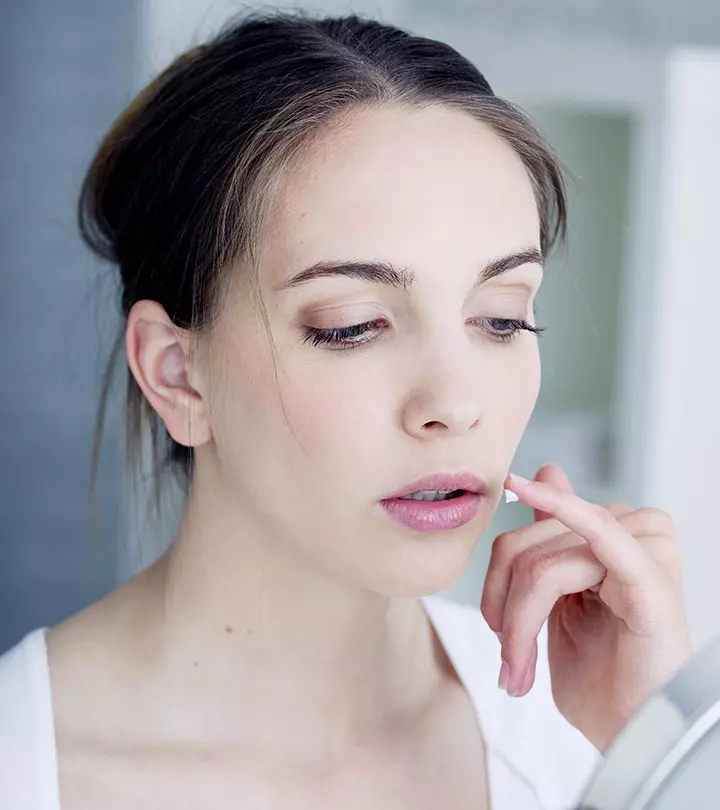


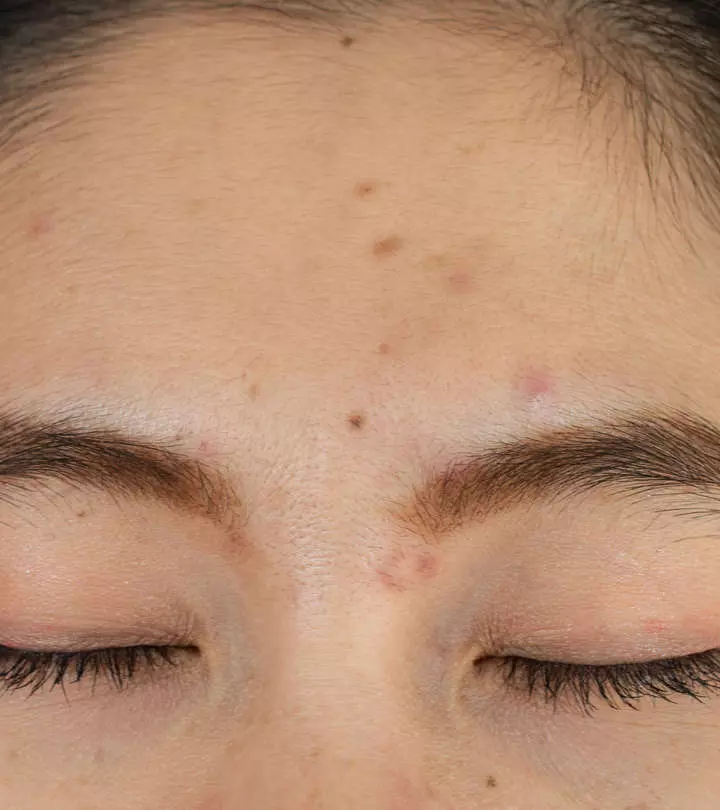
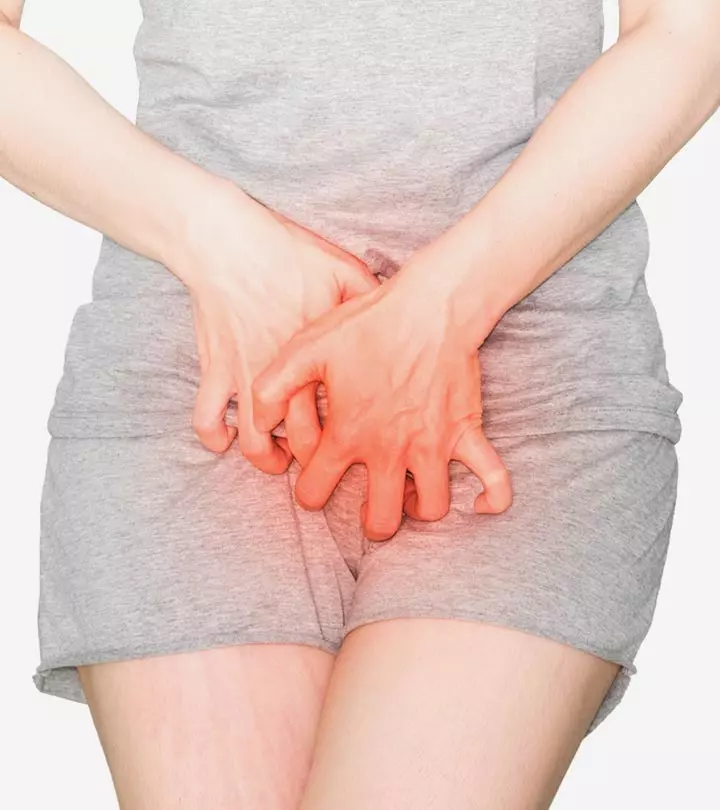

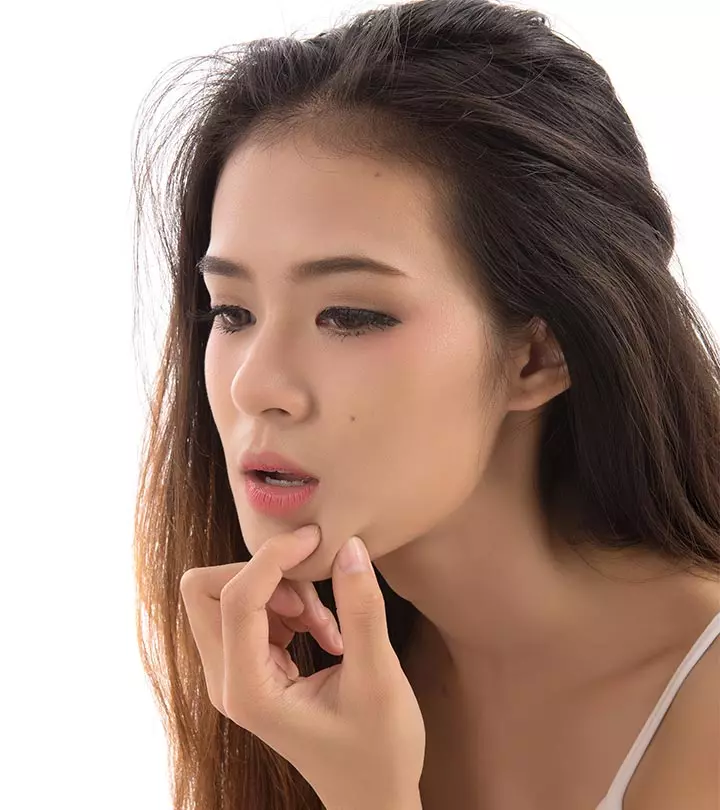

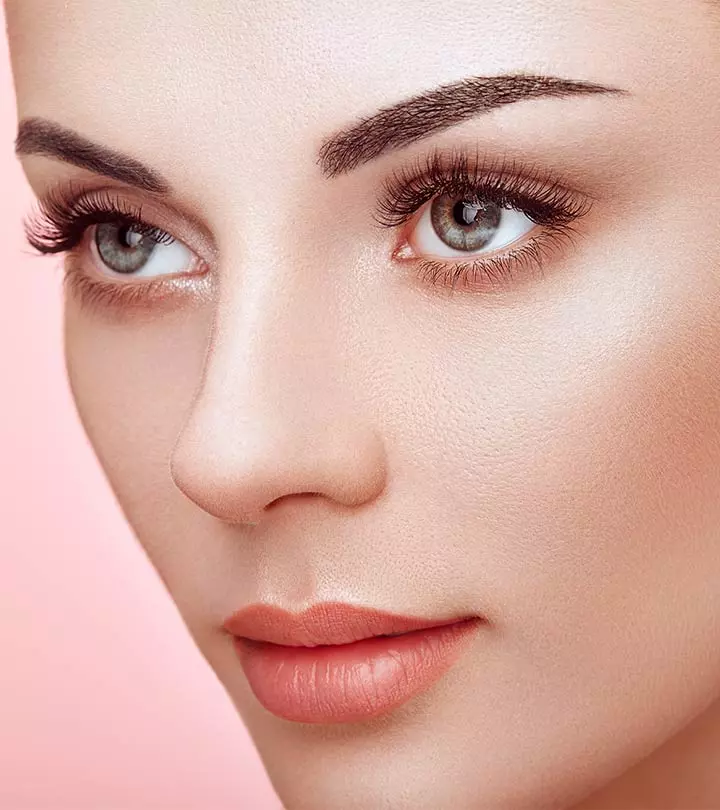
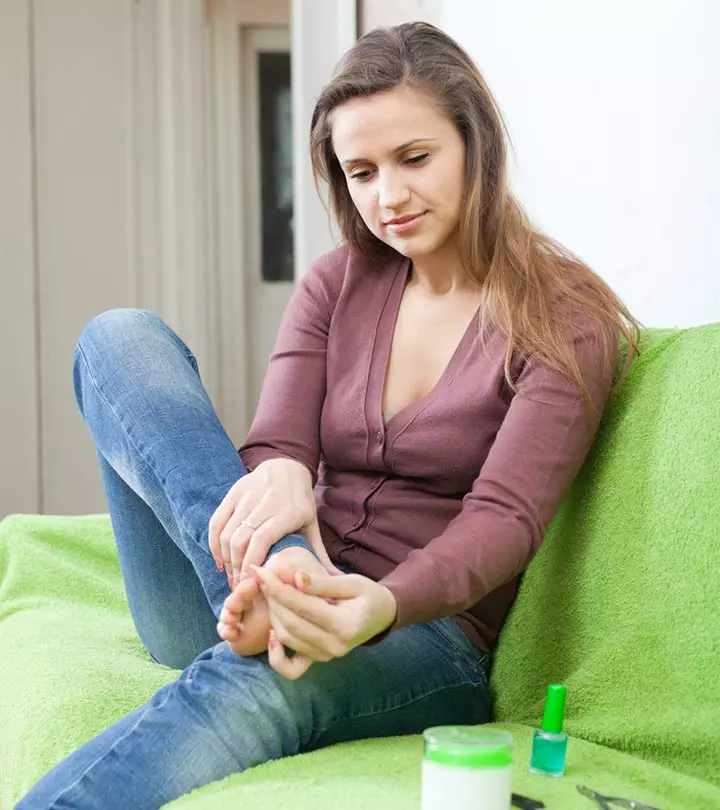

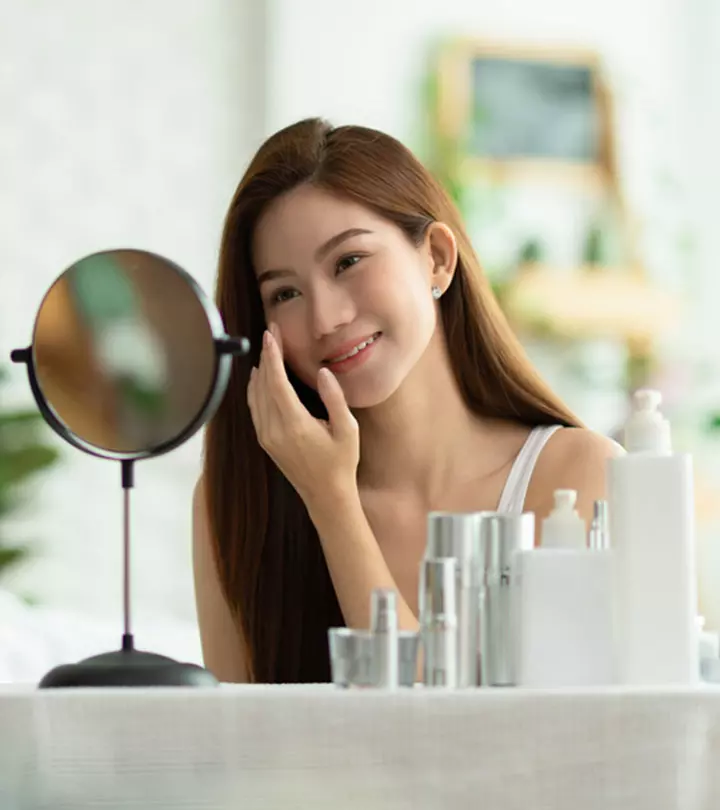
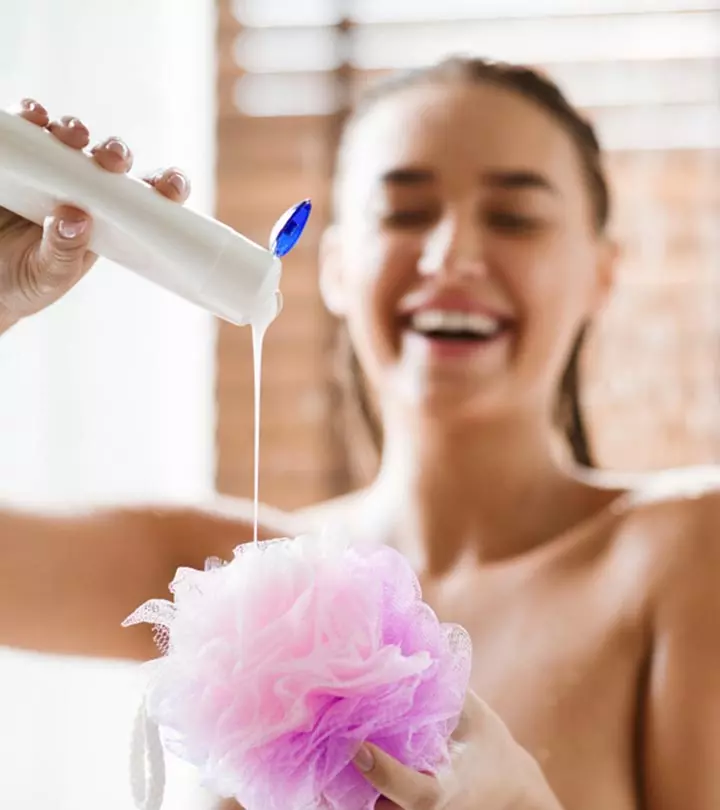



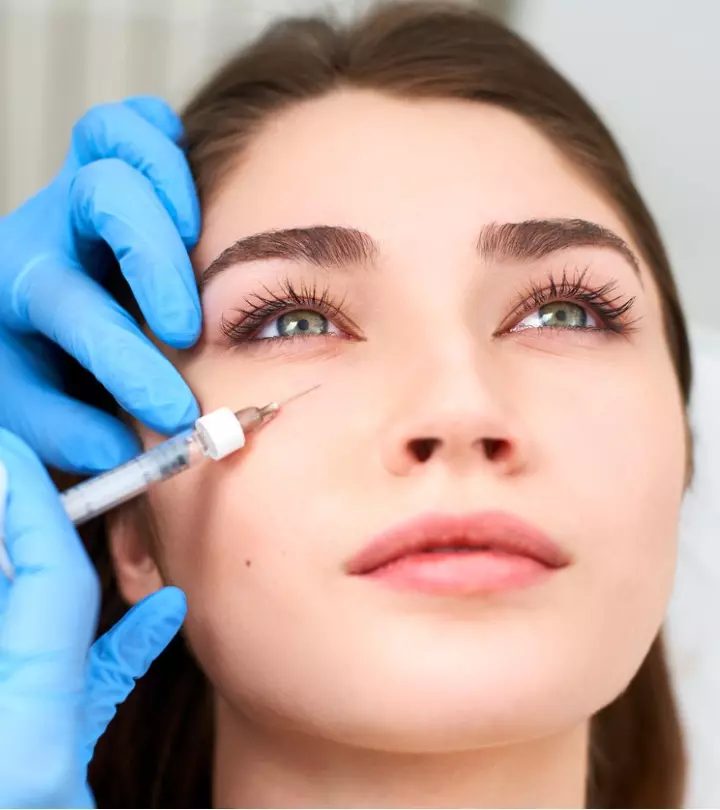
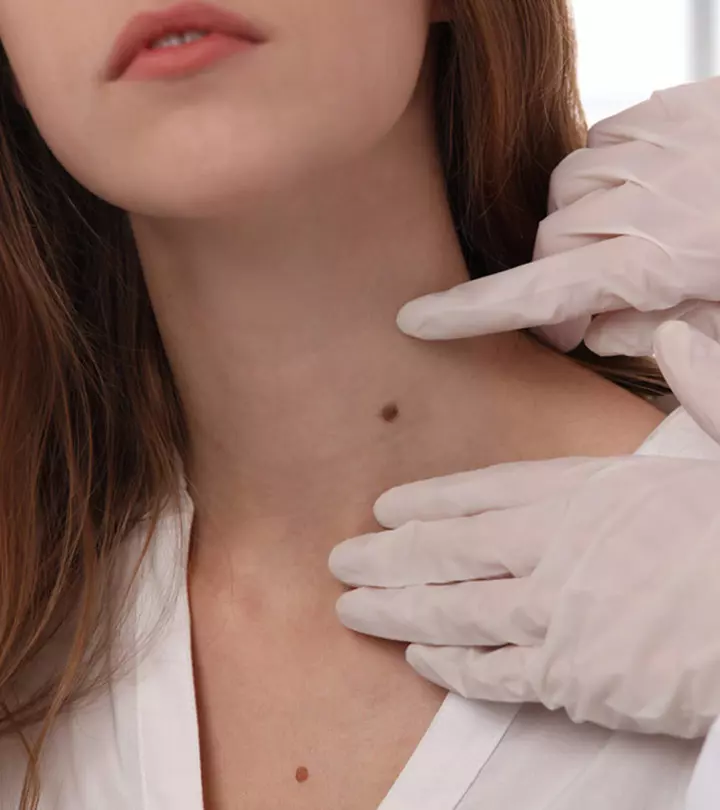
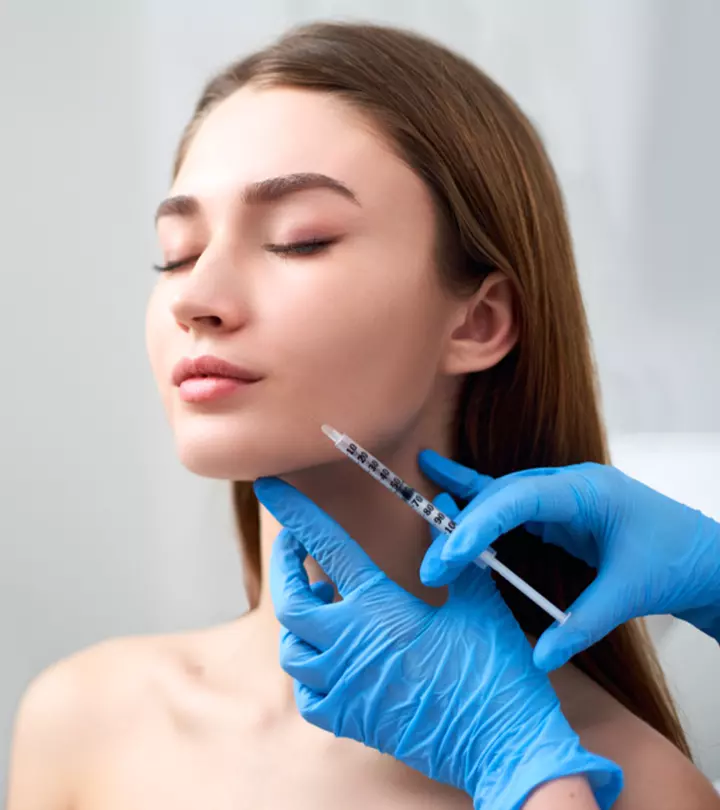
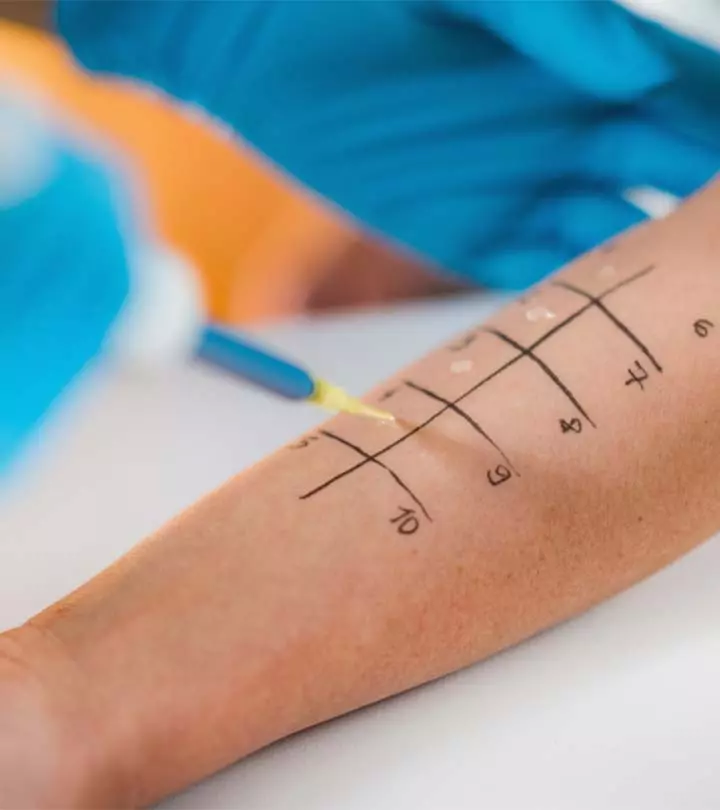
Community Experiences
Join the conversation and become a part of our empowering community! Share your stories, experiences, and insights to connect with other beauty, lifestyle, and health enthusiasts.